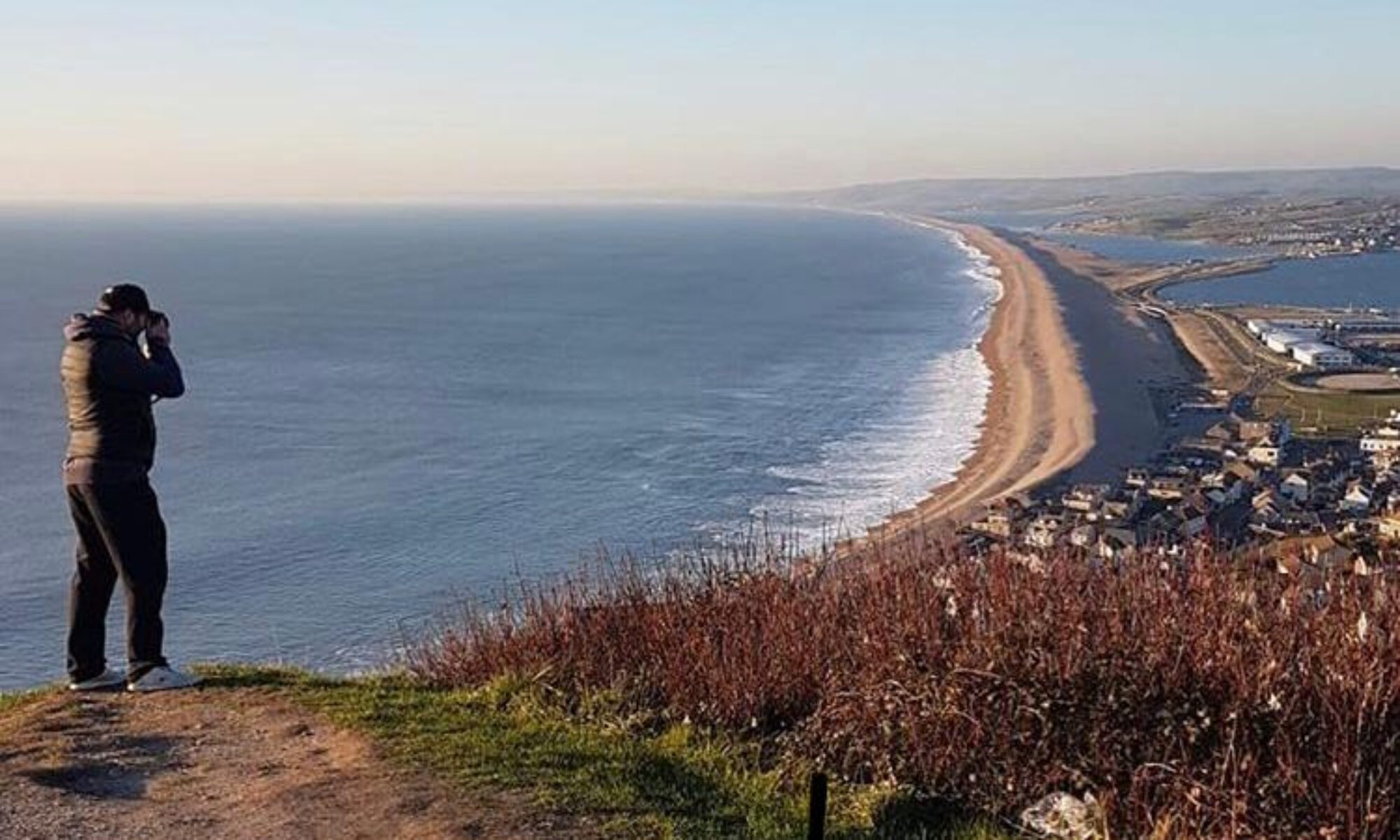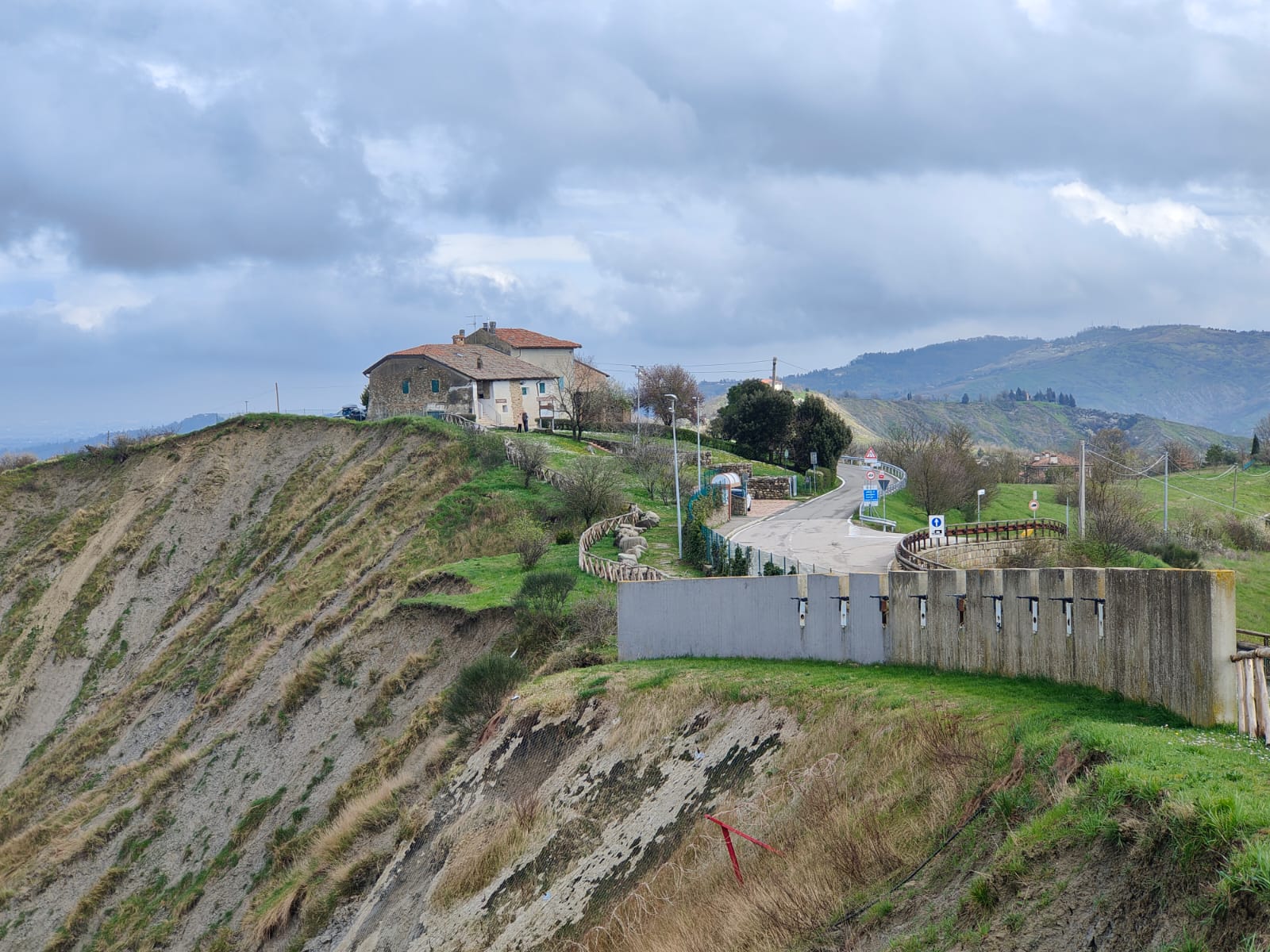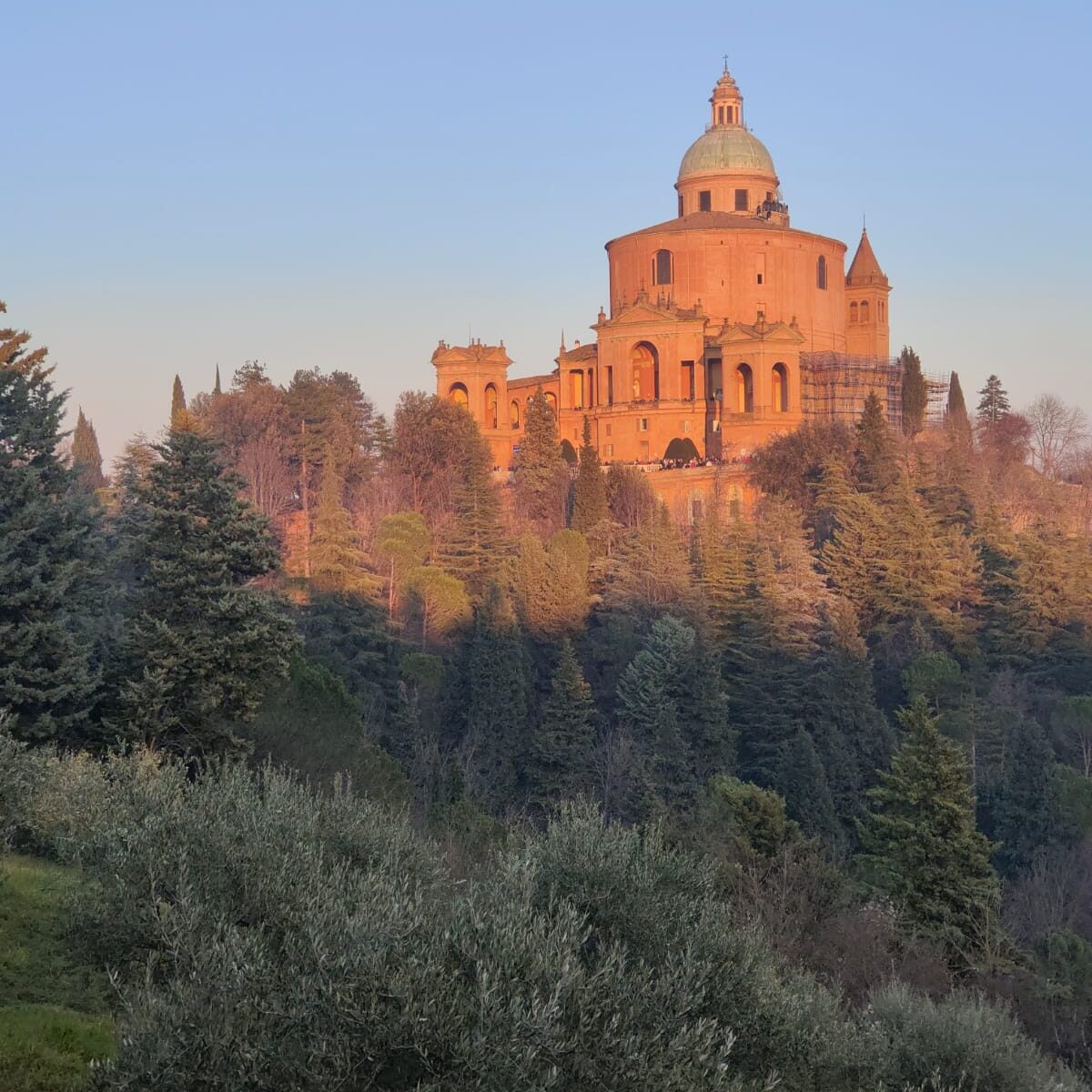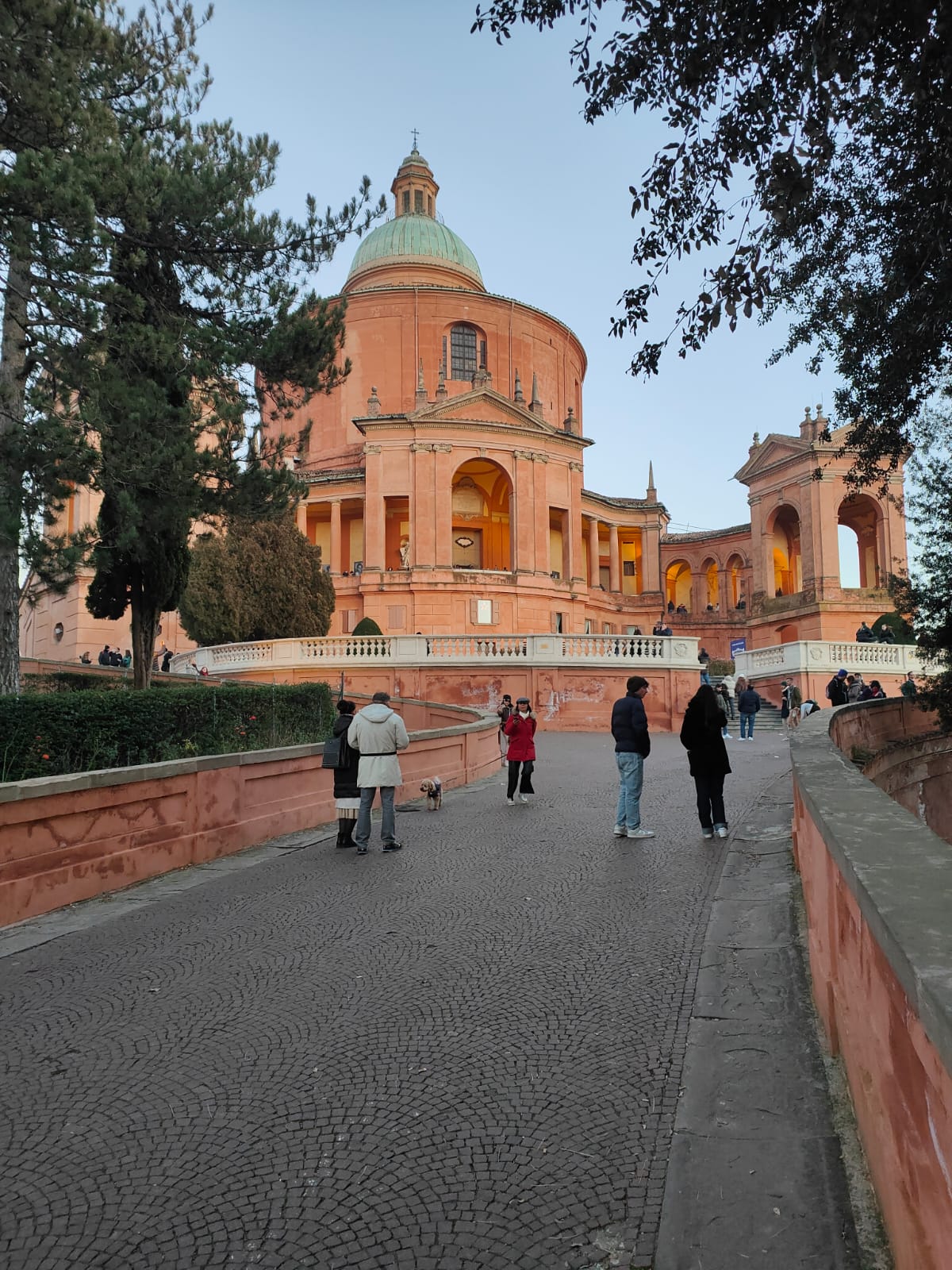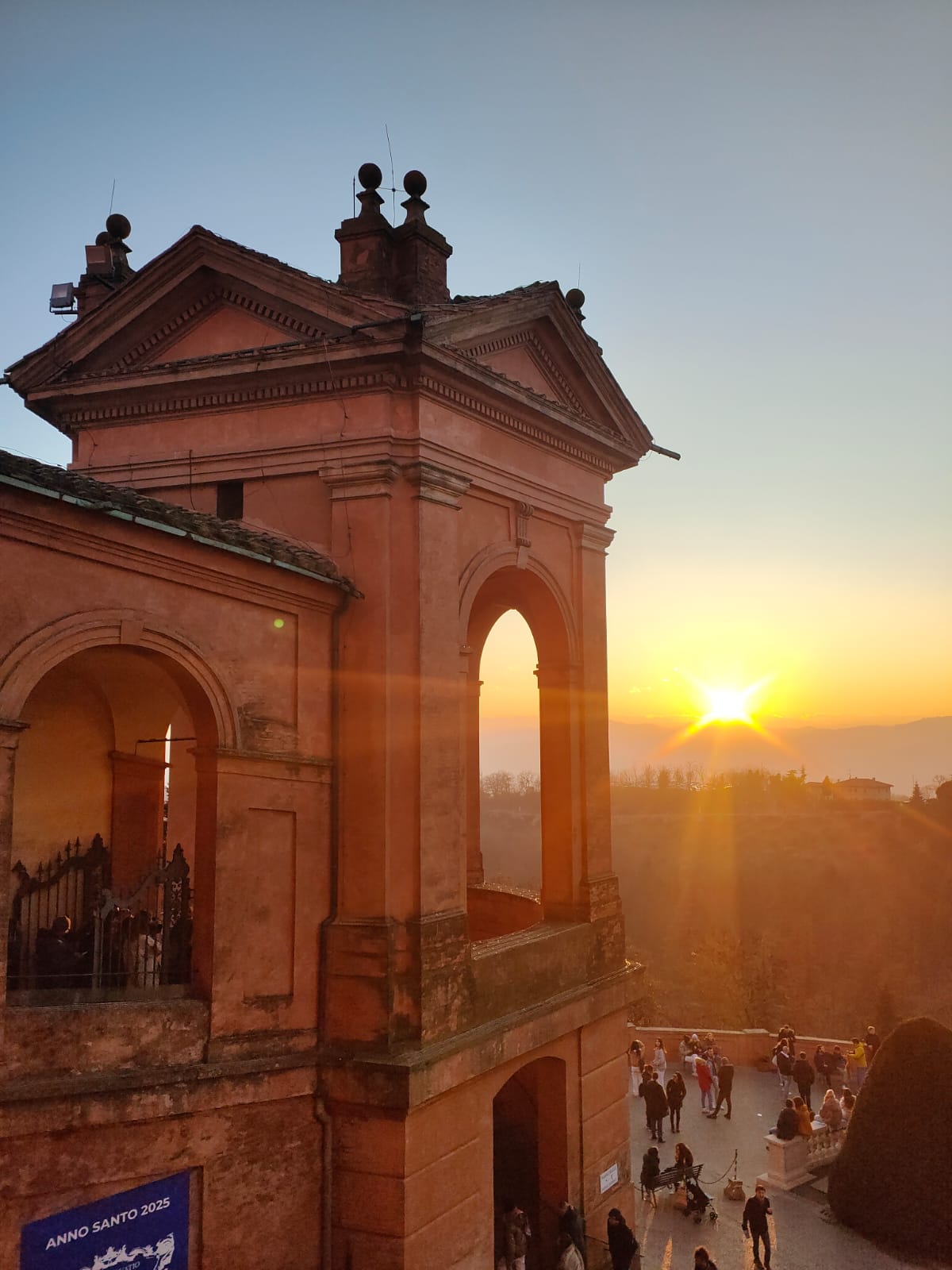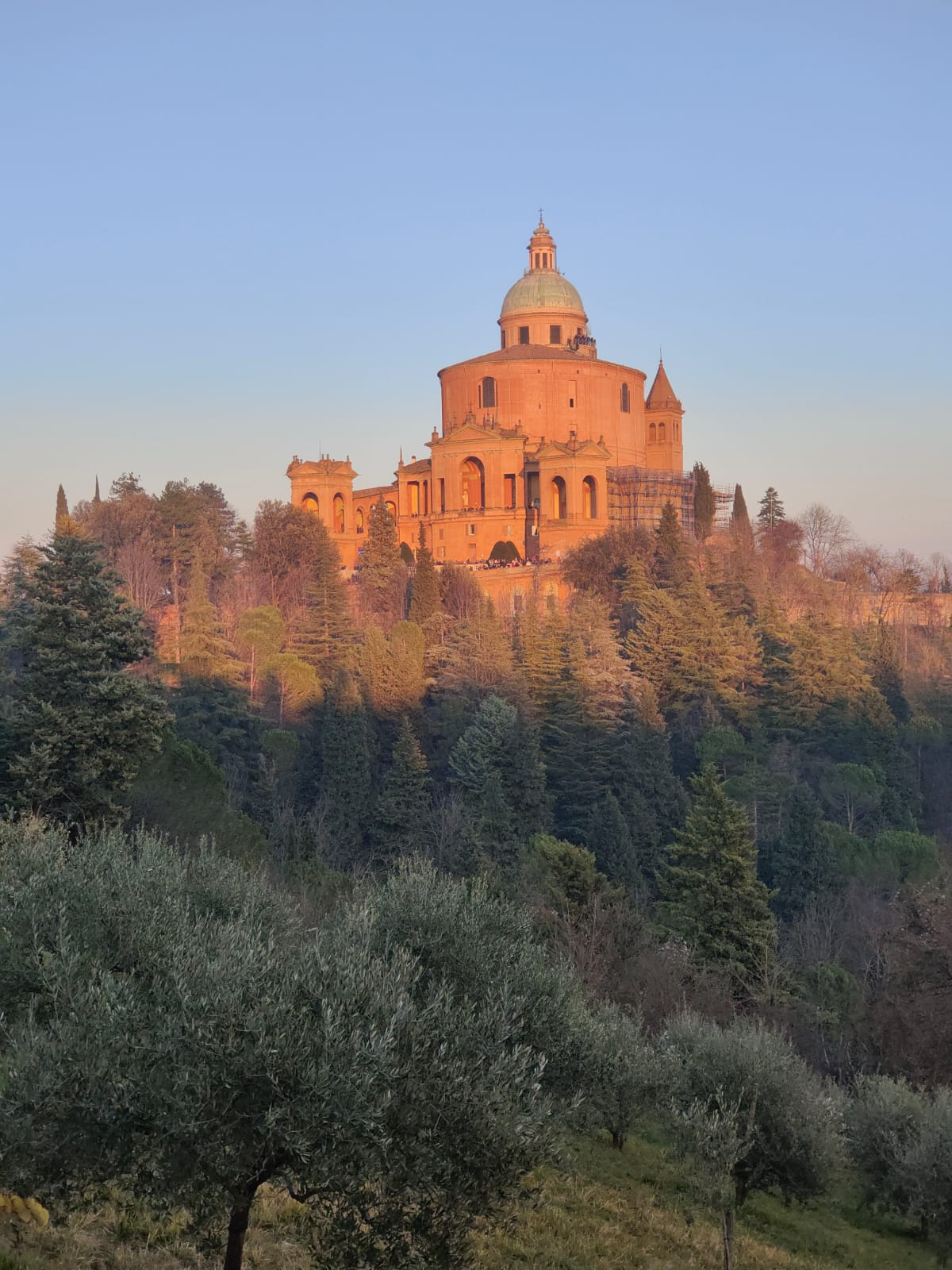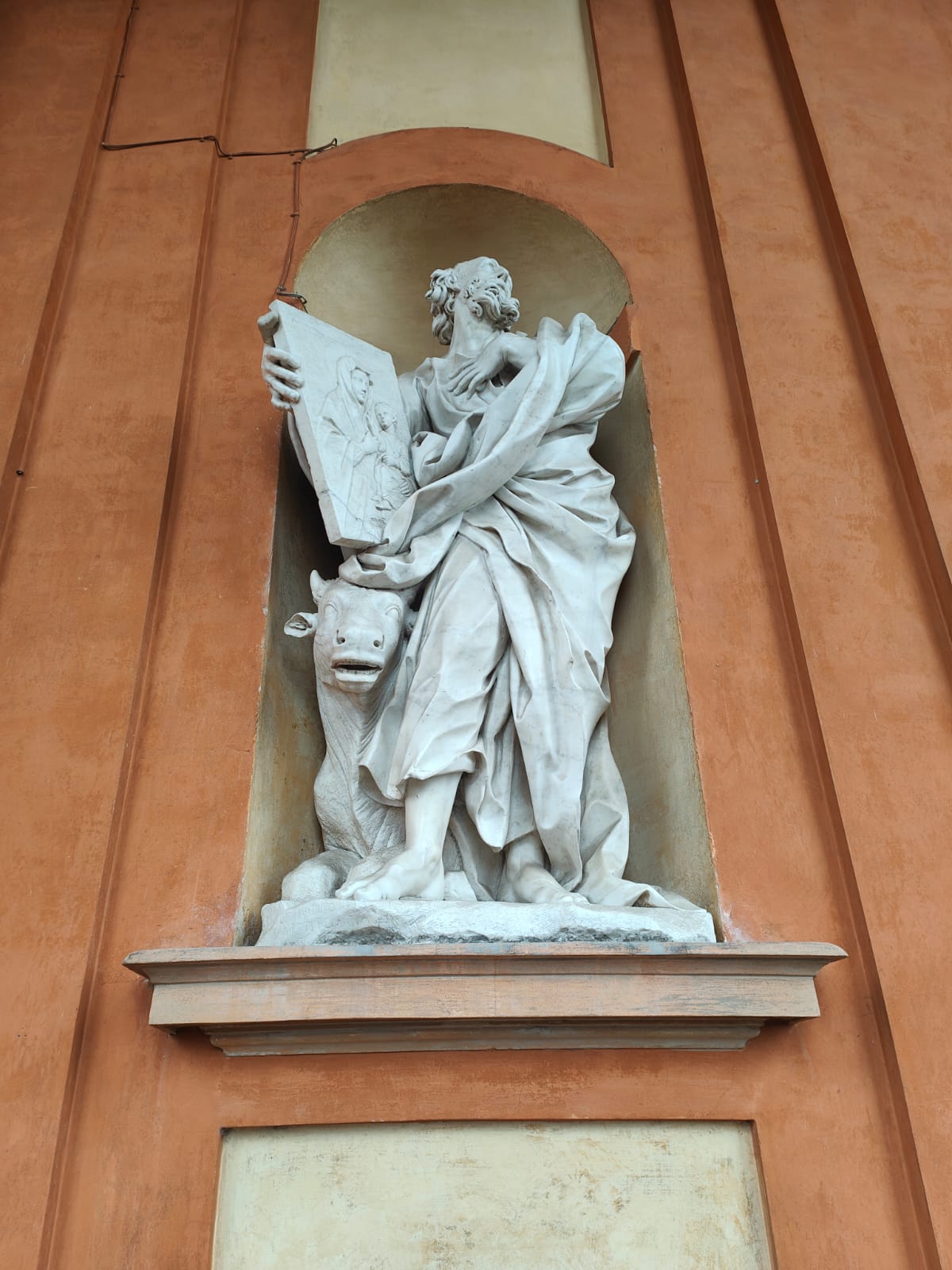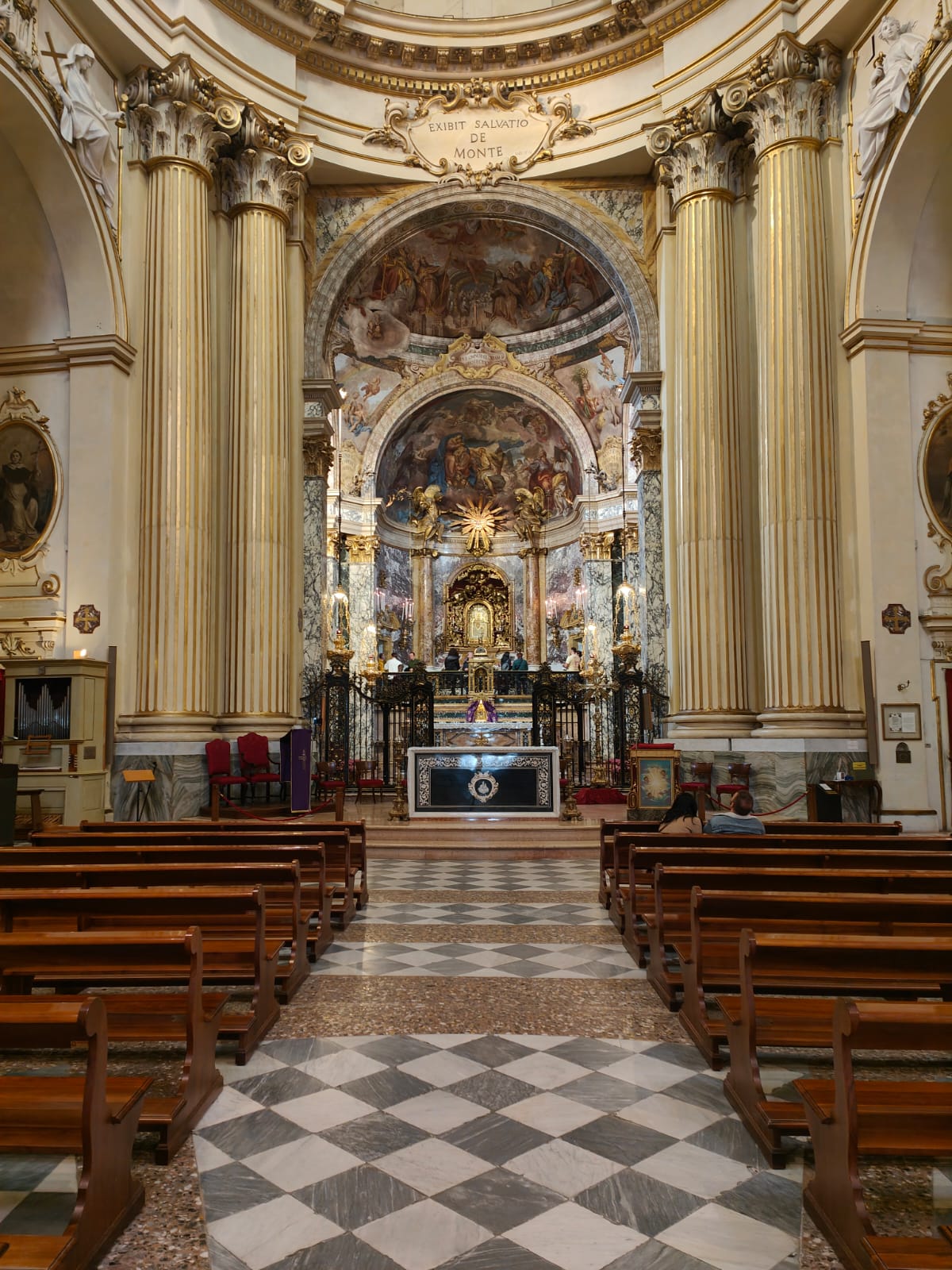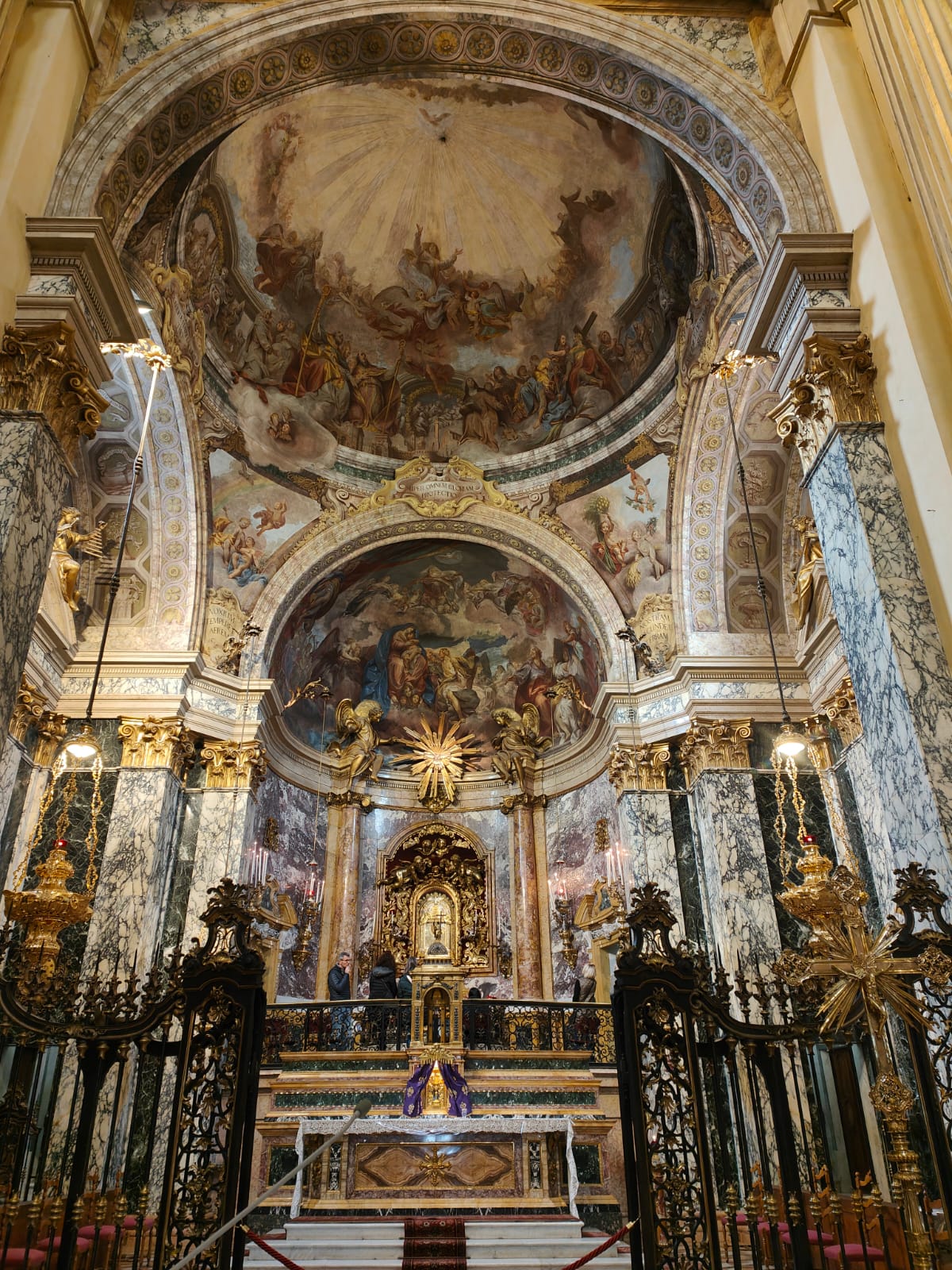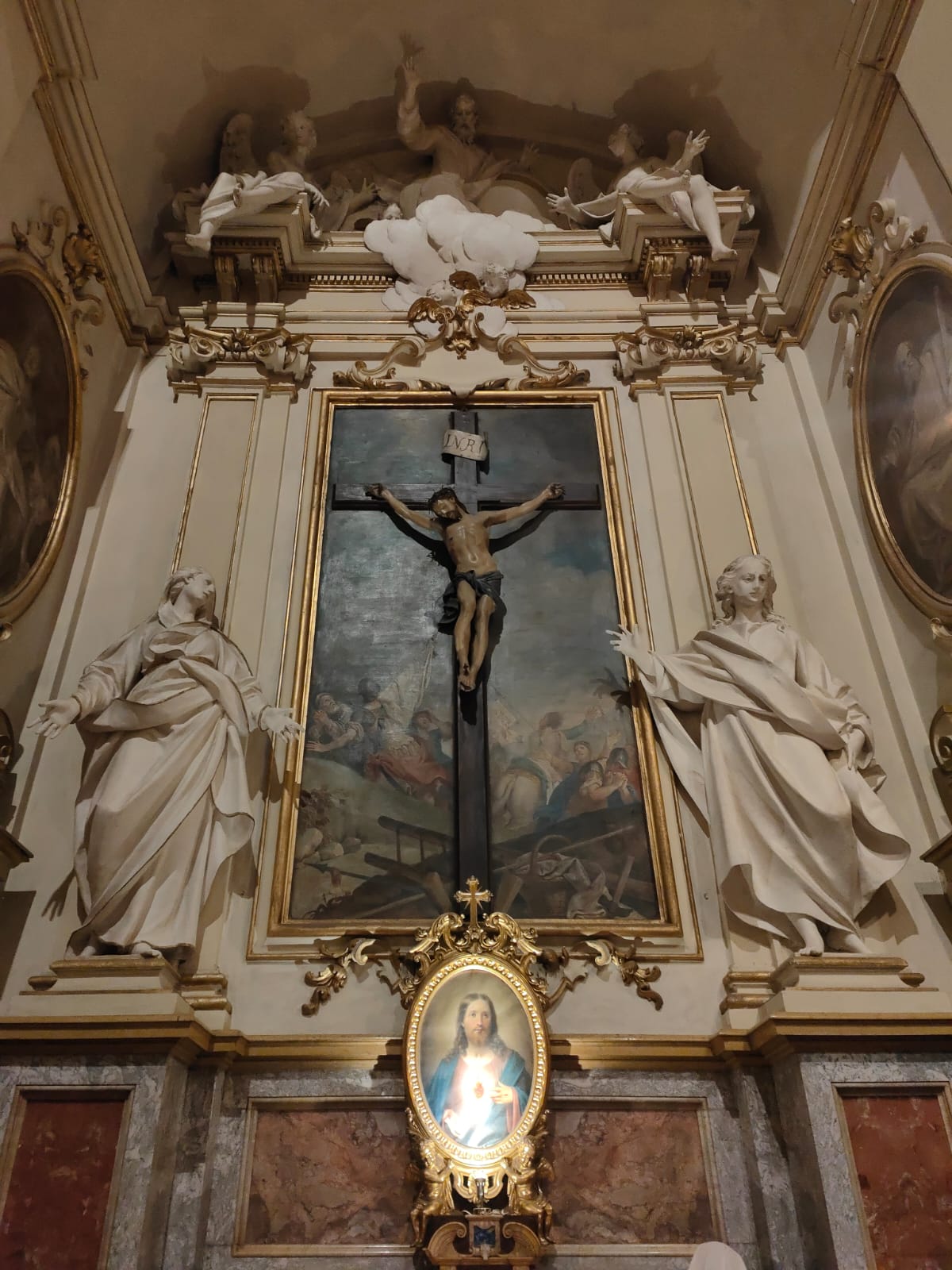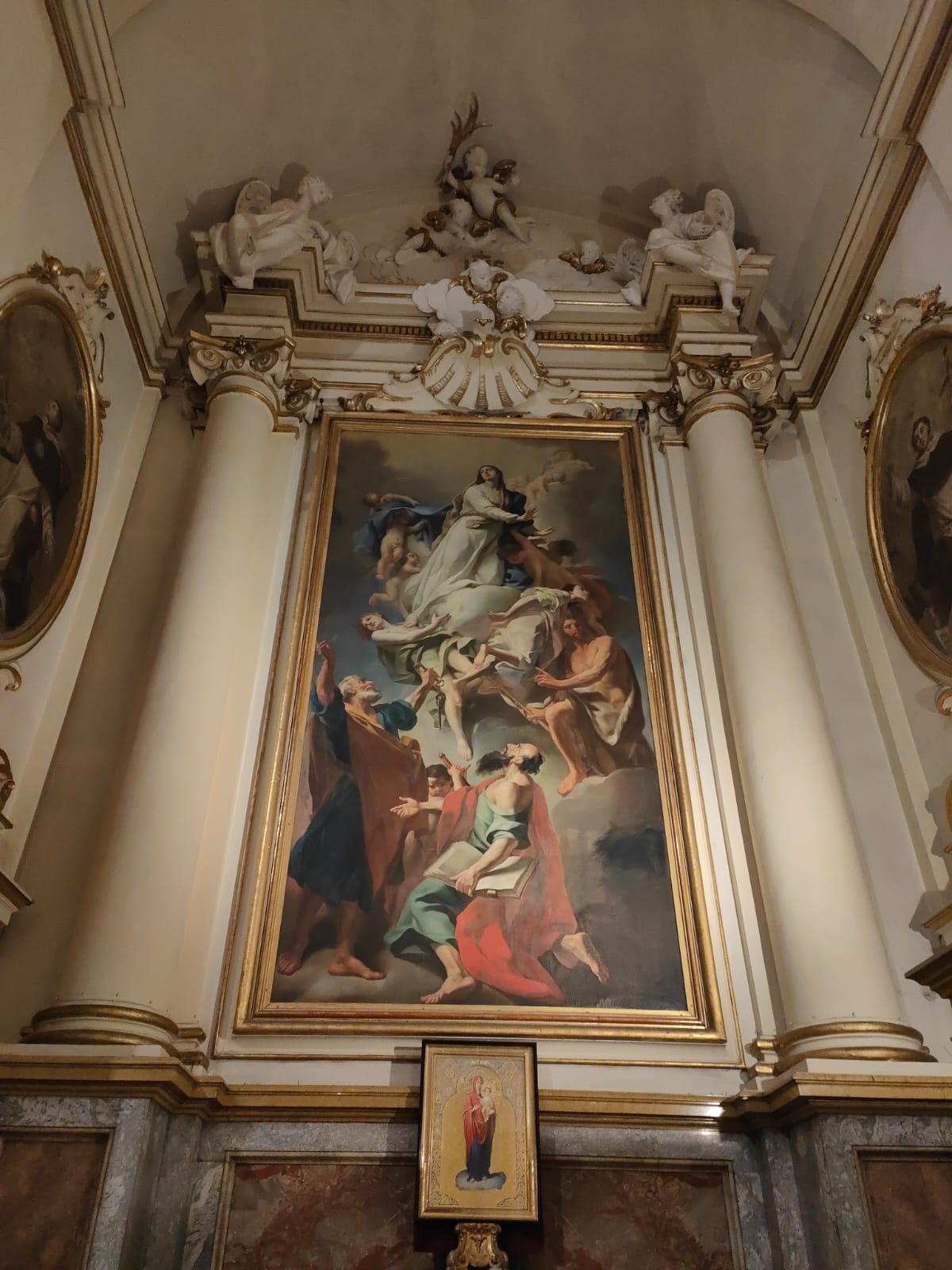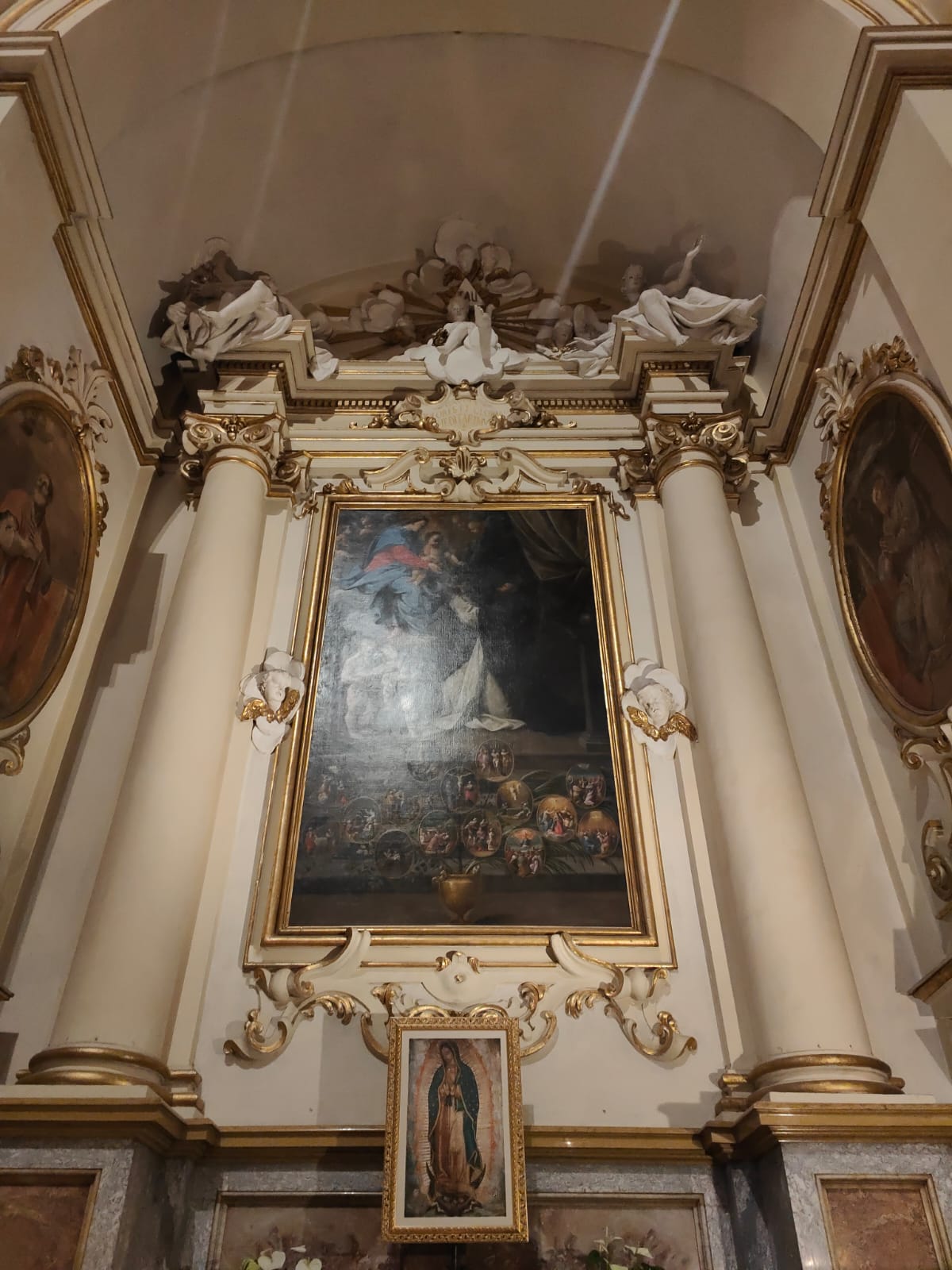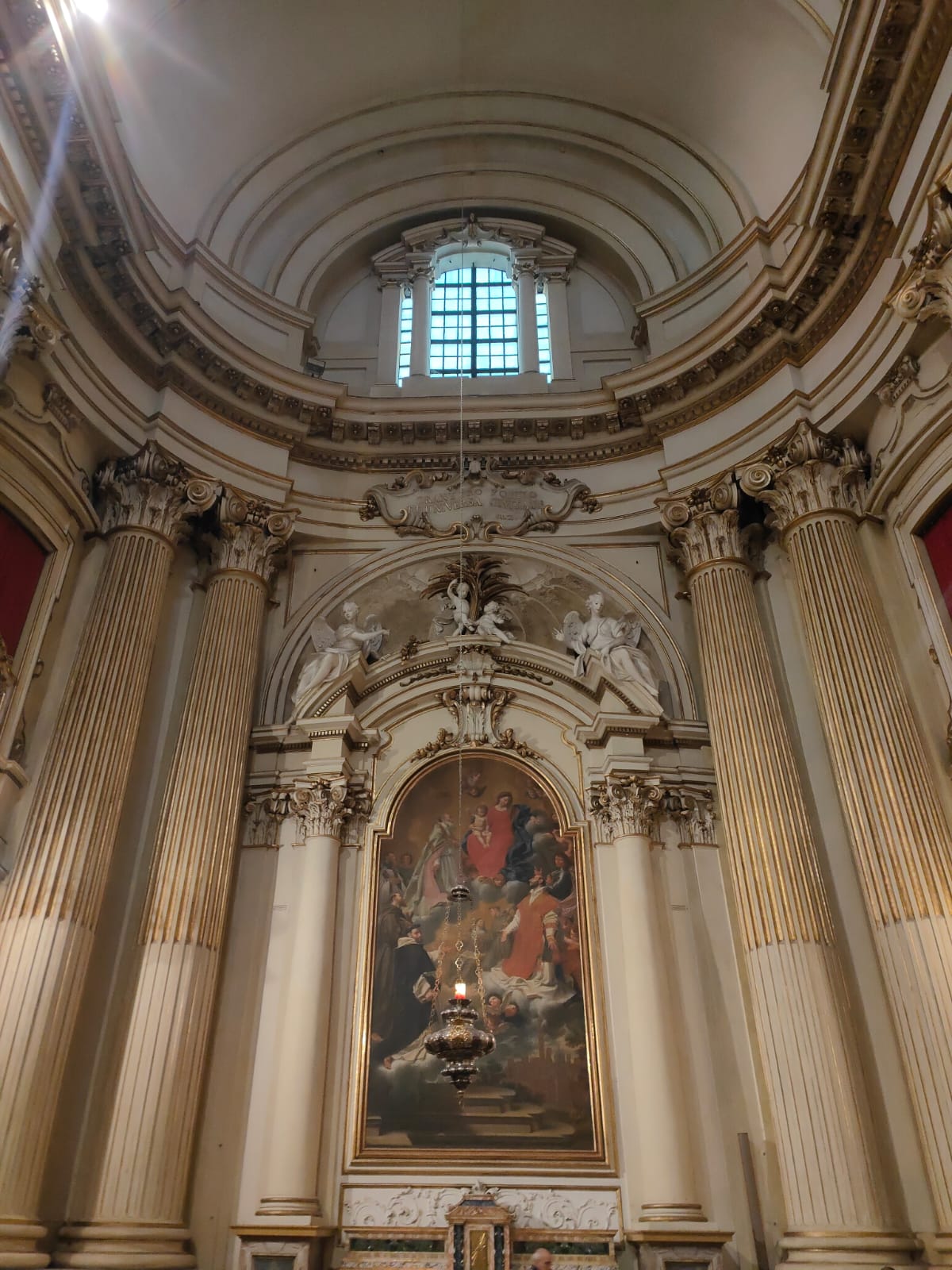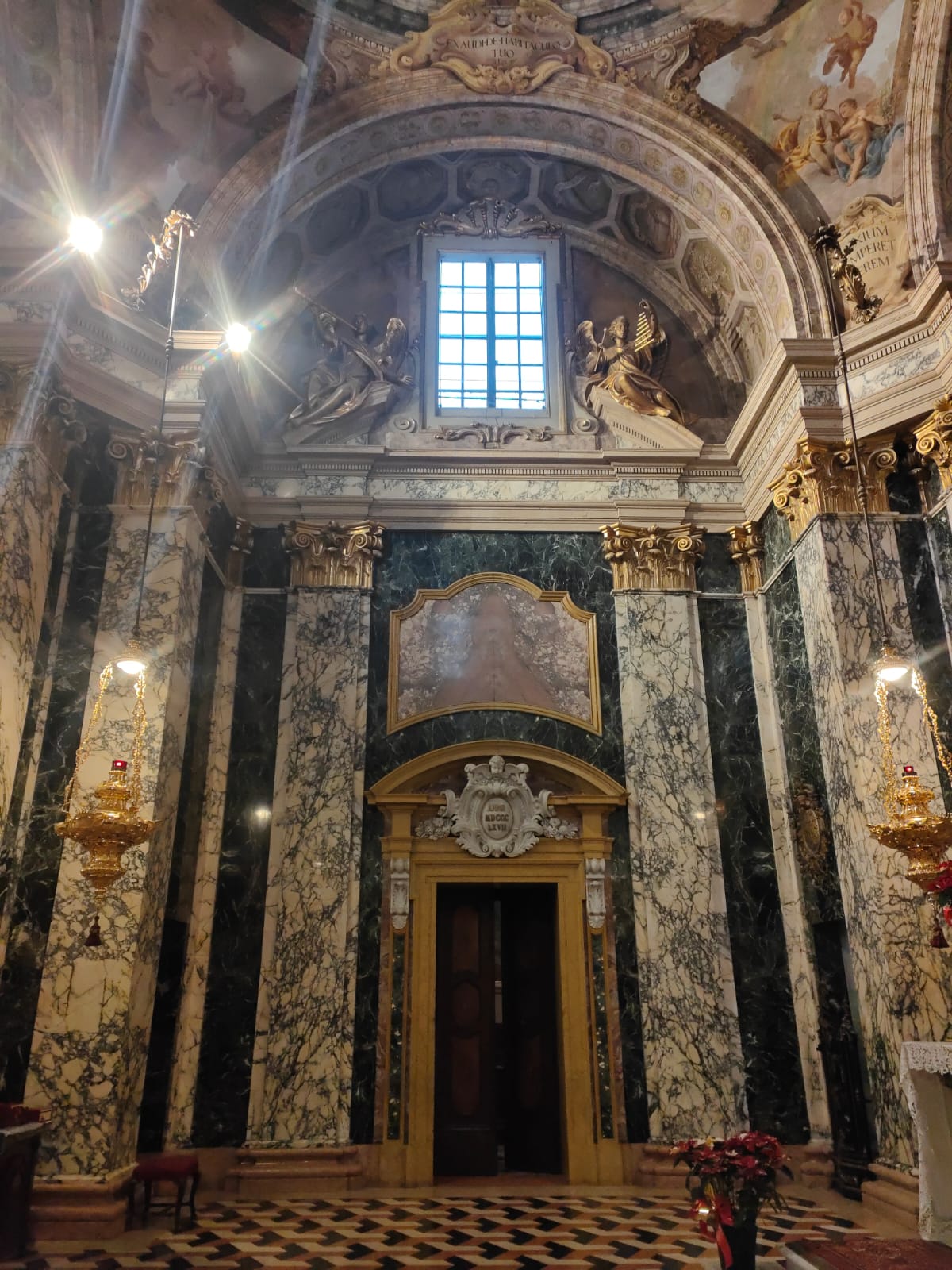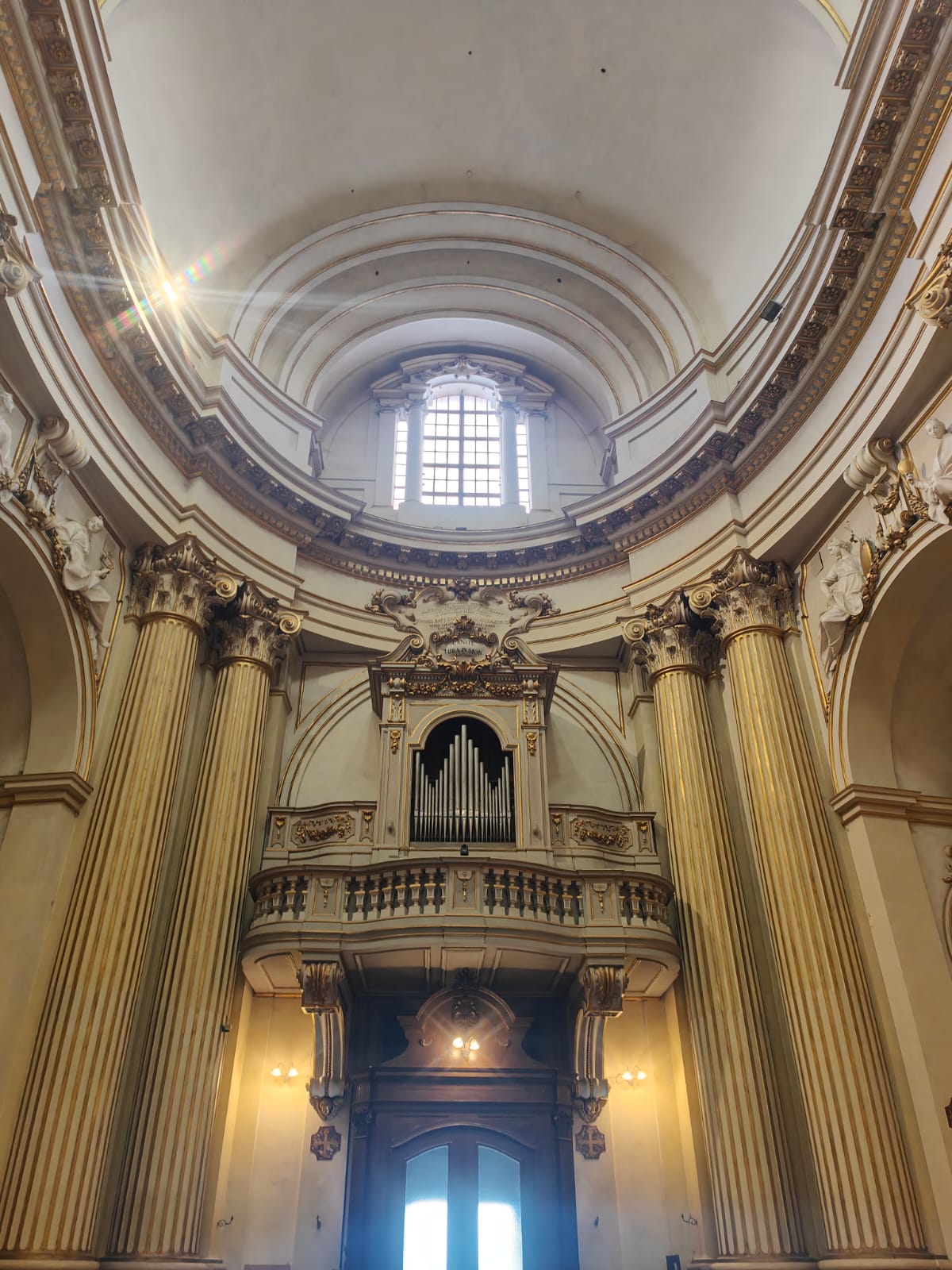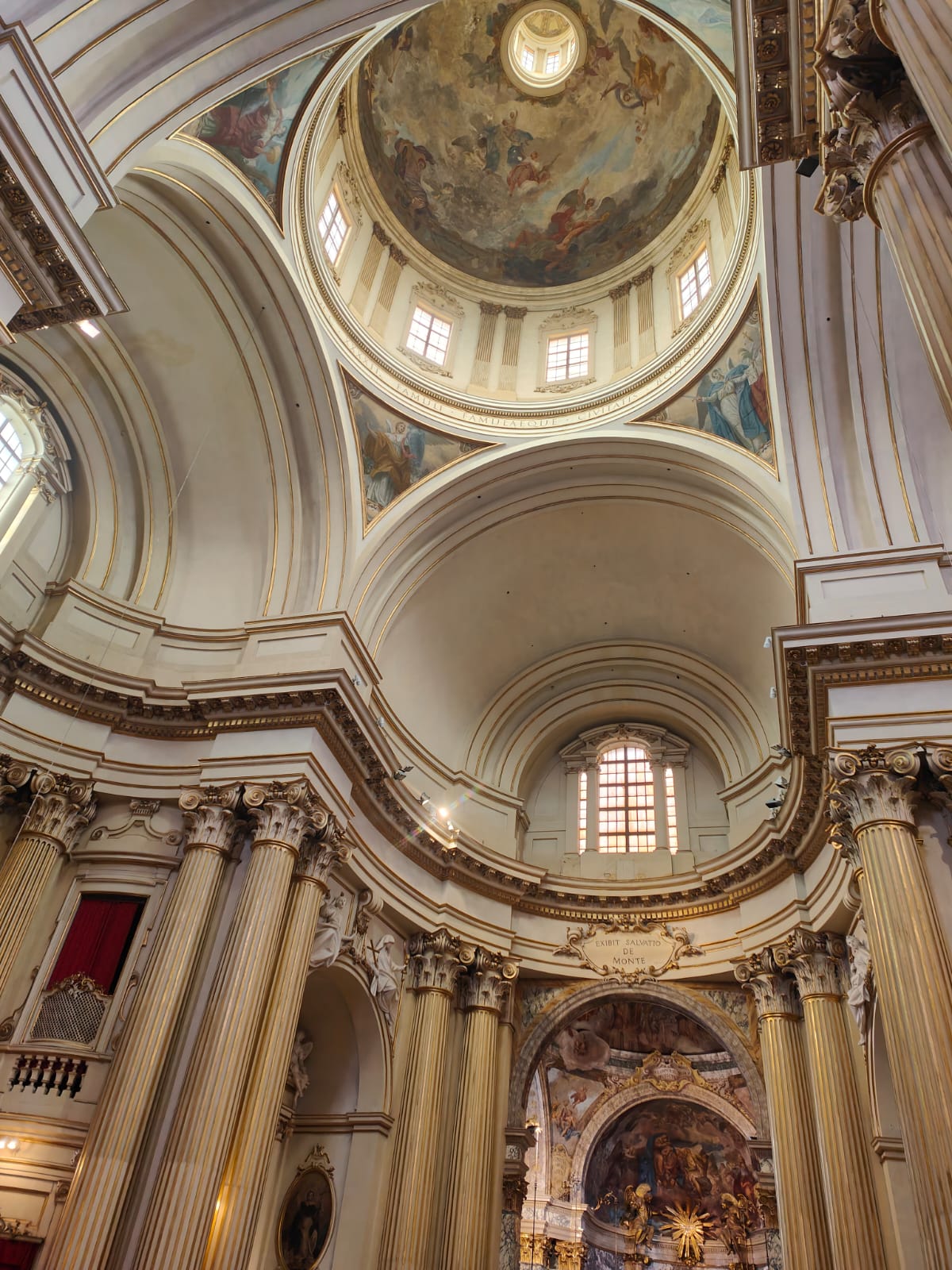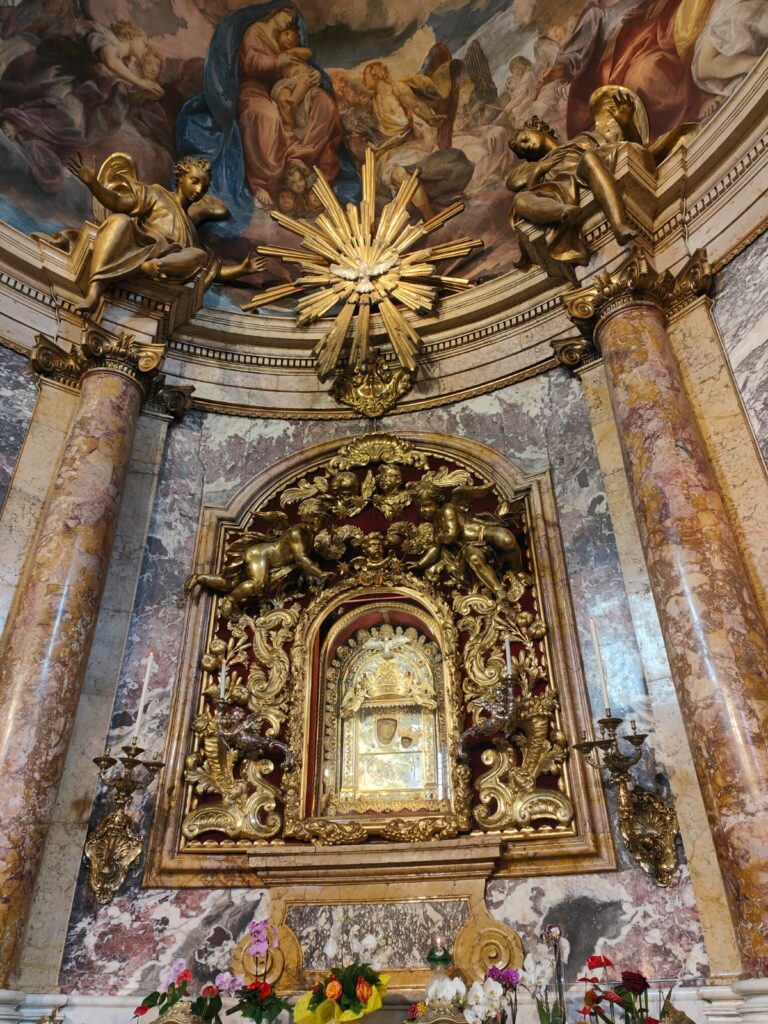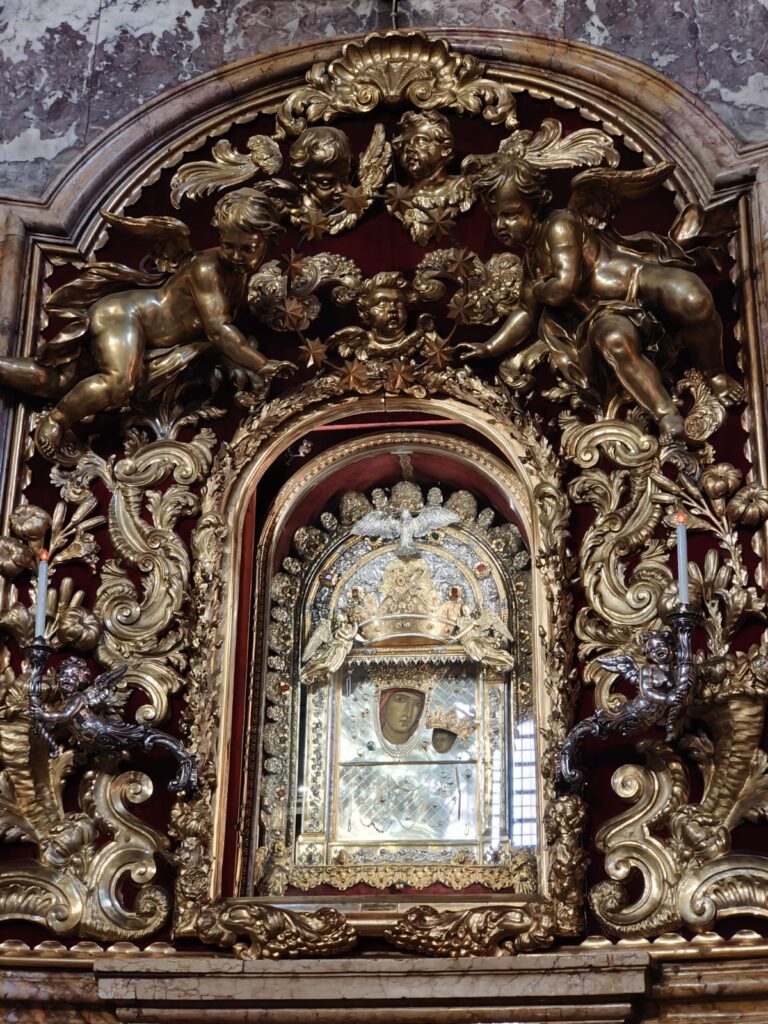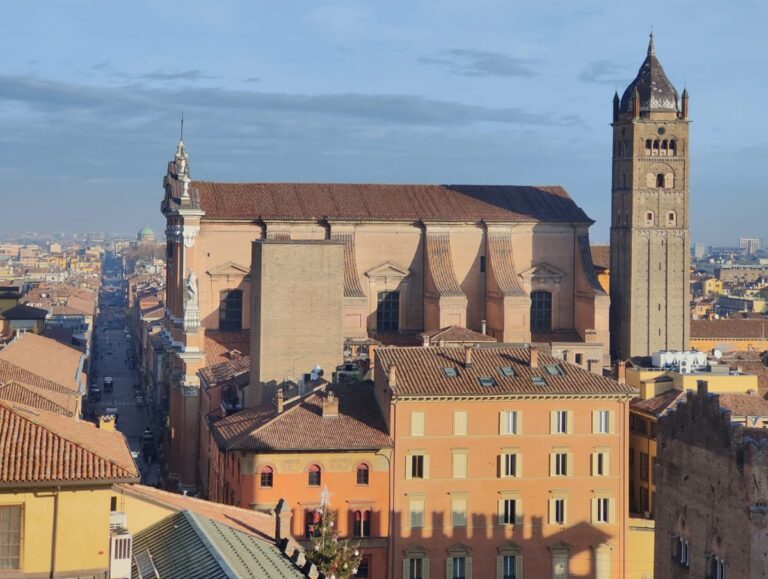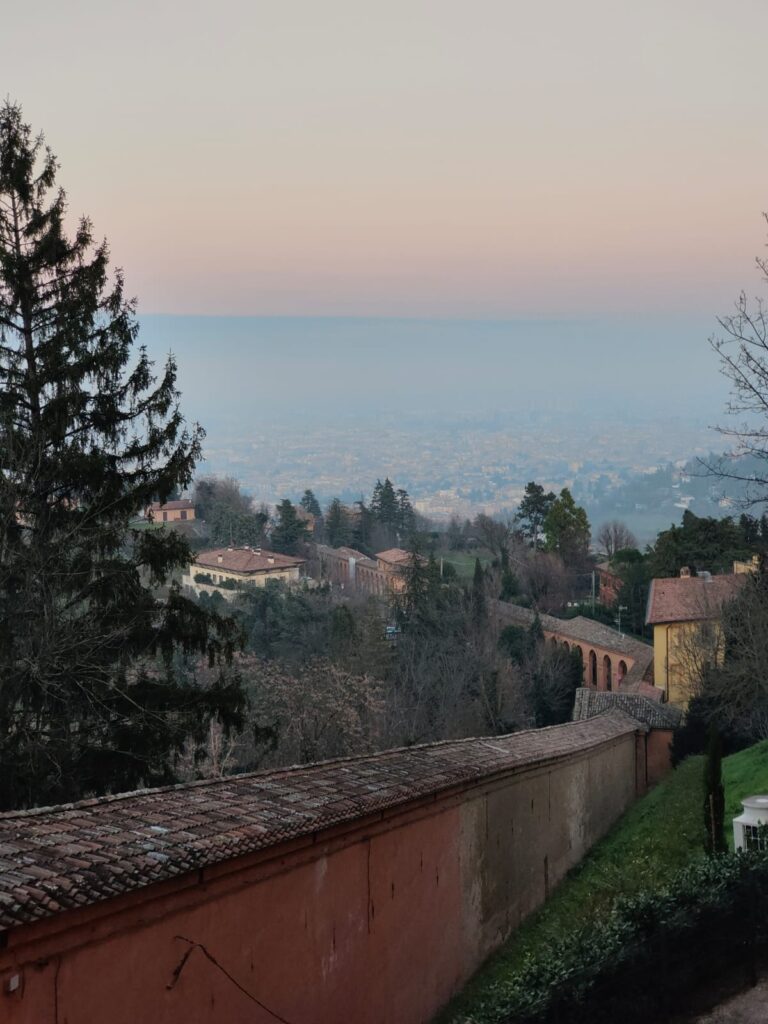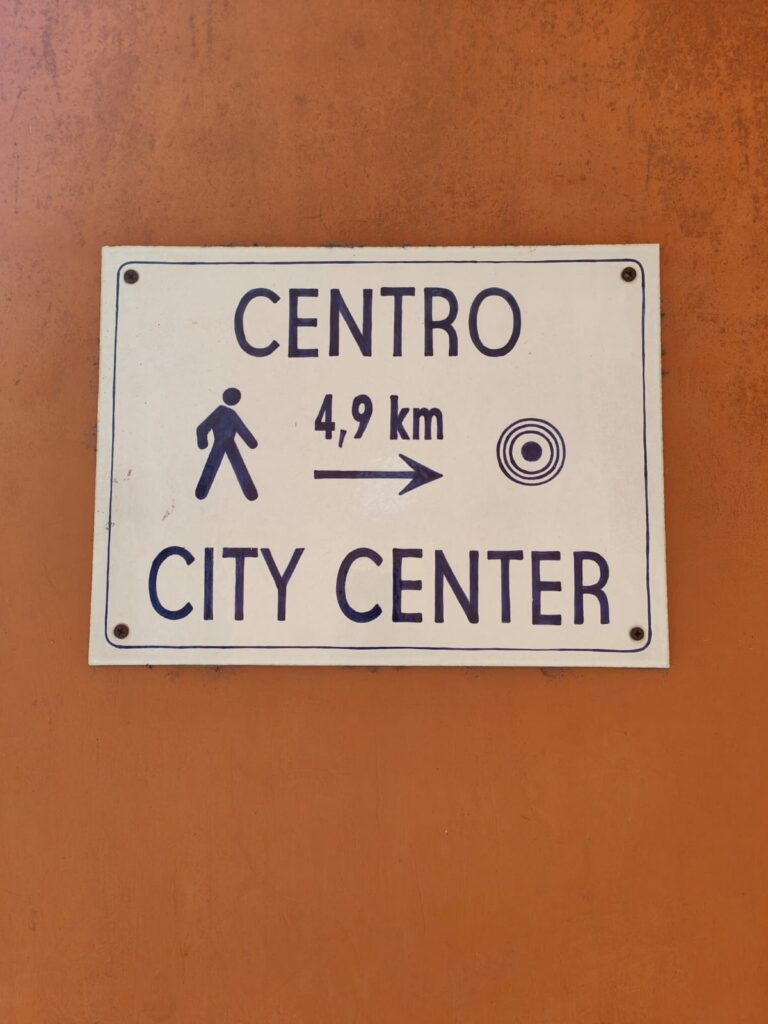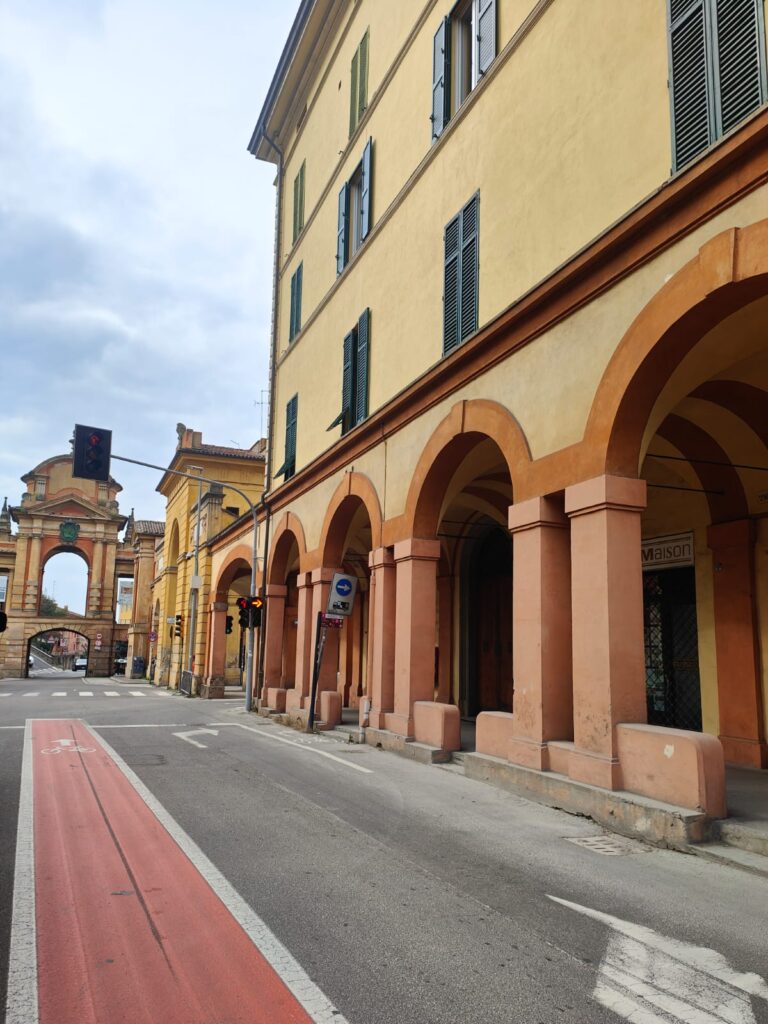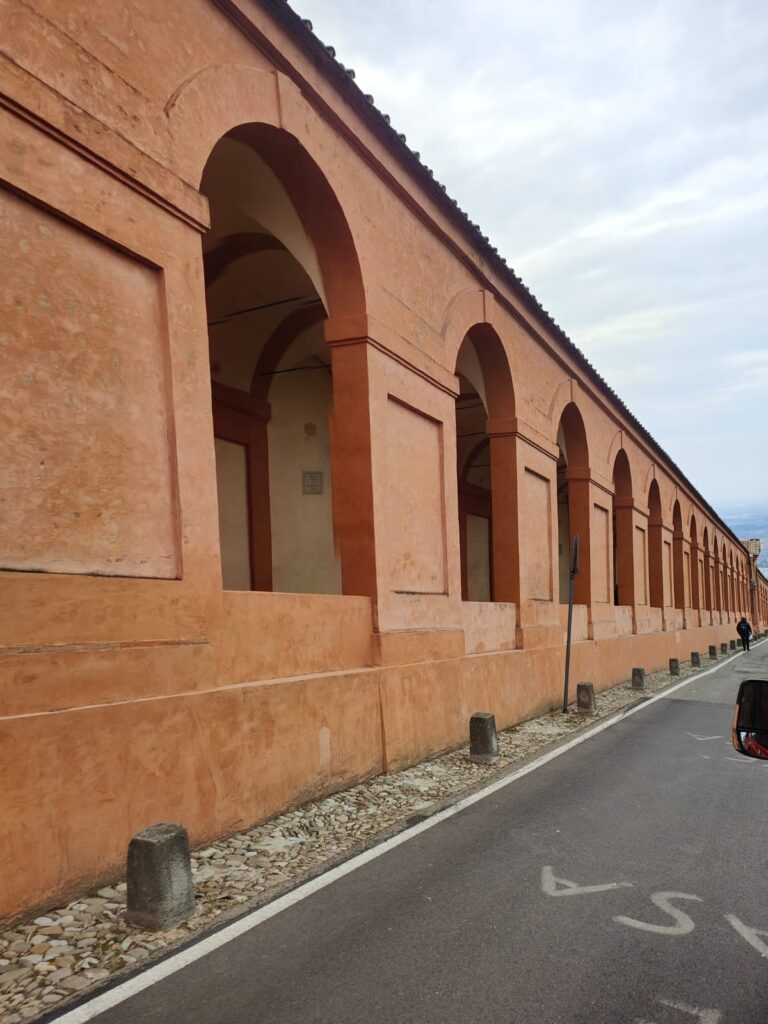This is a site that probably deserves more attention yet I’m sure people are grateful for its peaceful seclusion. The site is a little further down the road than the ‘Sanctuary of Madonna at San Luca’ and approximately 9km due south of Bologna. The monument is a significant war memorial which elicits great amounts of emotion. The awe inspiring ‘Monument to the fallen of Sabbiuno’ is dedicated to the memory of soldiers who horrifically lost their lives in the line of duty towards the end of World War II.
This monument to the fallen not only serves as a poignant tribute to people who suffered in past events but a stark reminder of the need of peace and unity in current times. The stunning panorama is a memorial to the fallen of the atrocious events that took place here in December 1944.
This was the site of the massacre of approximately 100 Bolognese partisans and political prisoners who were shot by Nazi fascists. The accurate number and full truth will never be known, as the bodies were recovered after the Liberation and not all were identified. It is believed that these atrocious events took place between 14th and 23rd December 1944, an event known as the ‘Sabbiuno di Paderno massacre’.
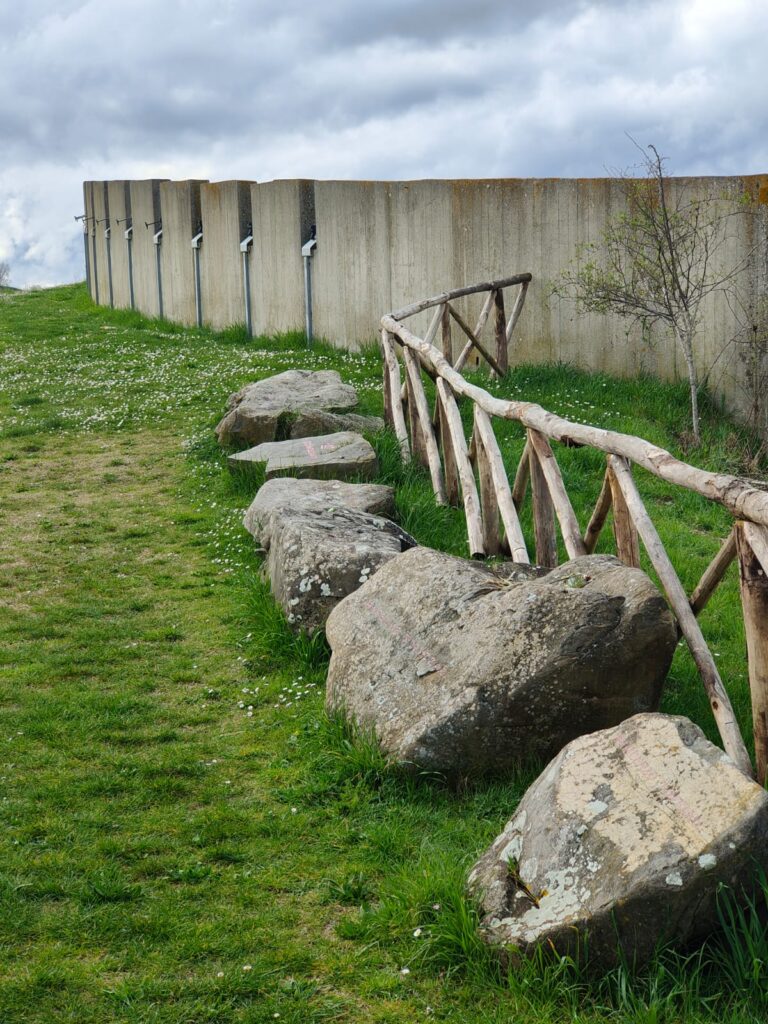
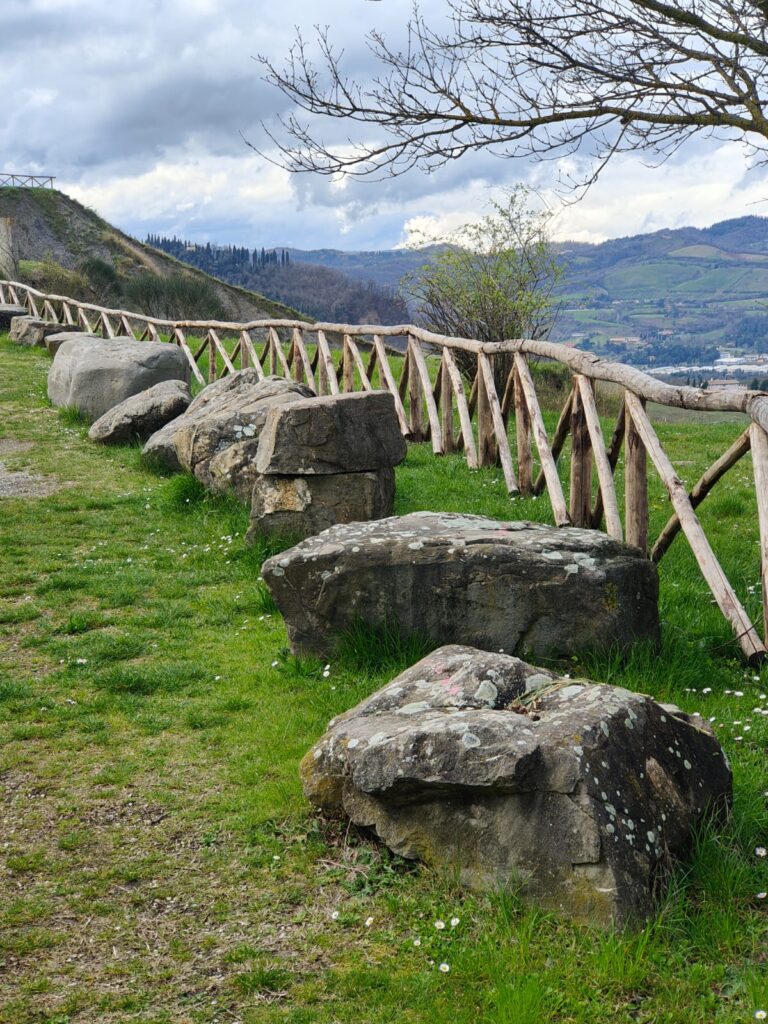
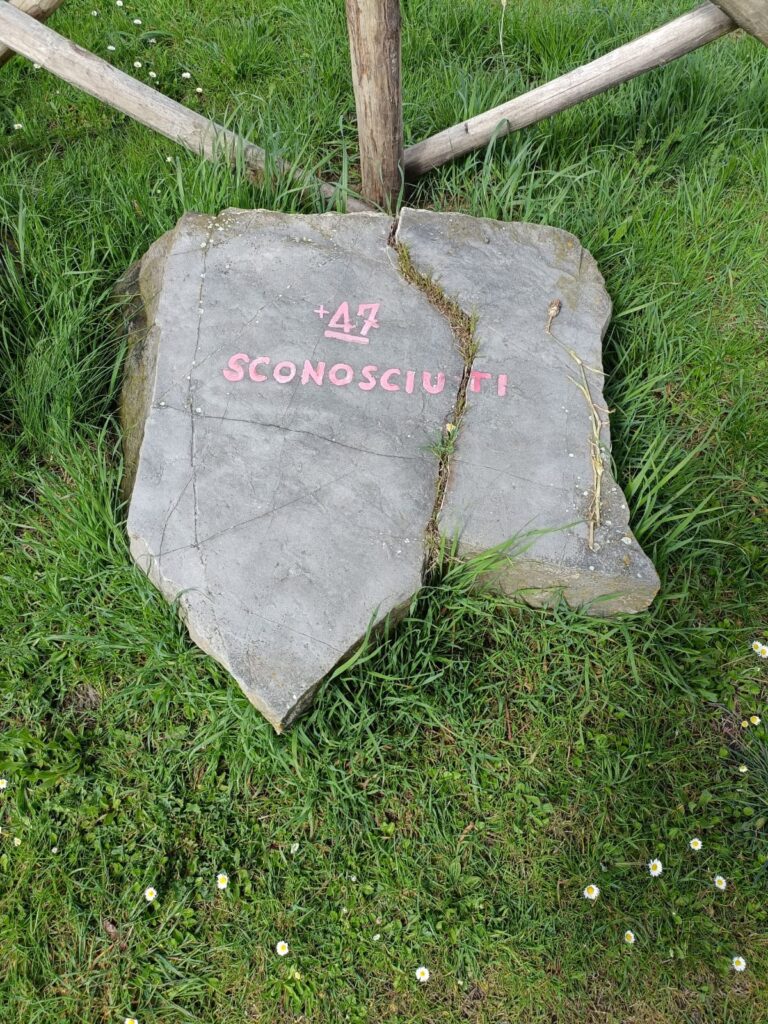

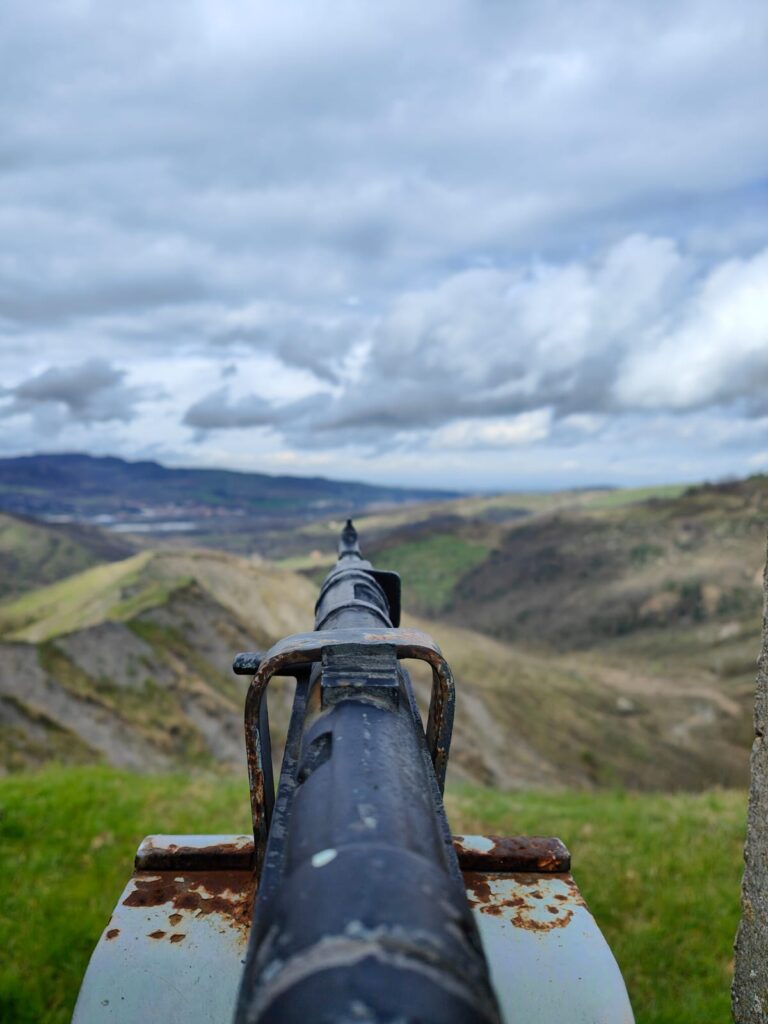
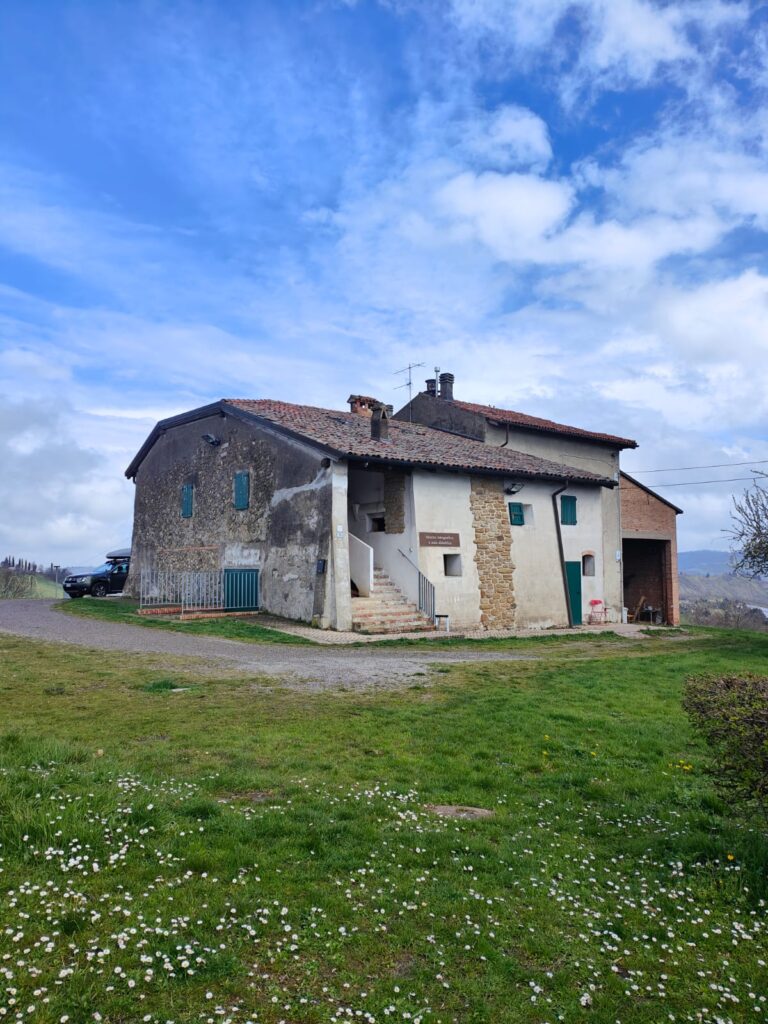
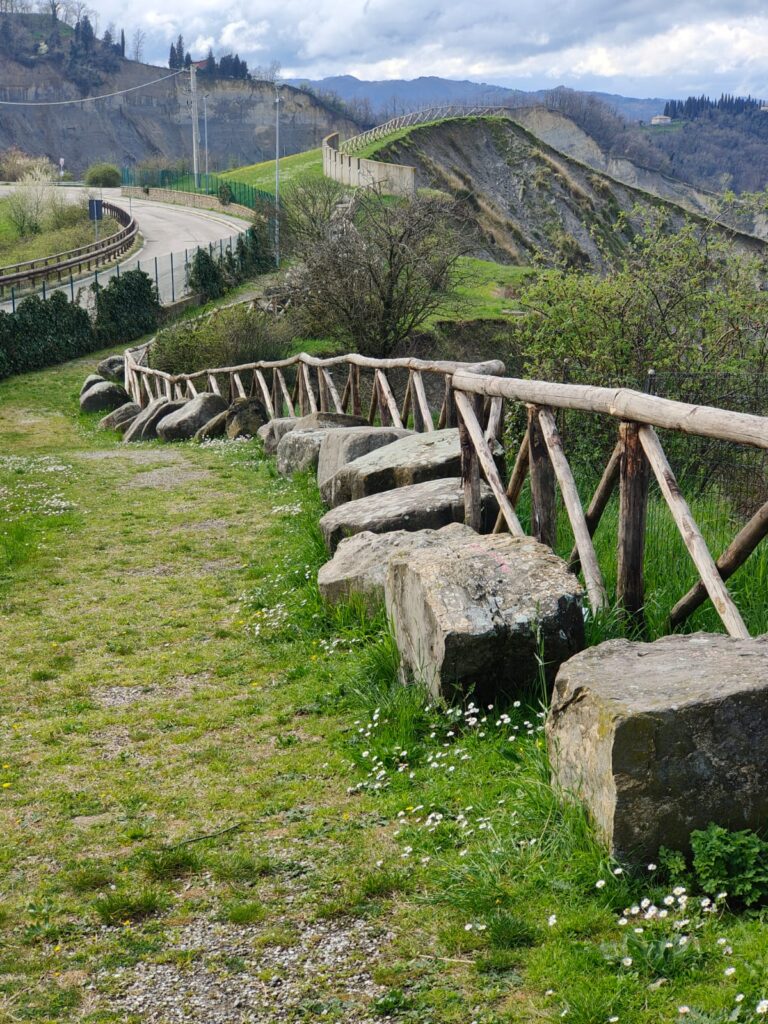
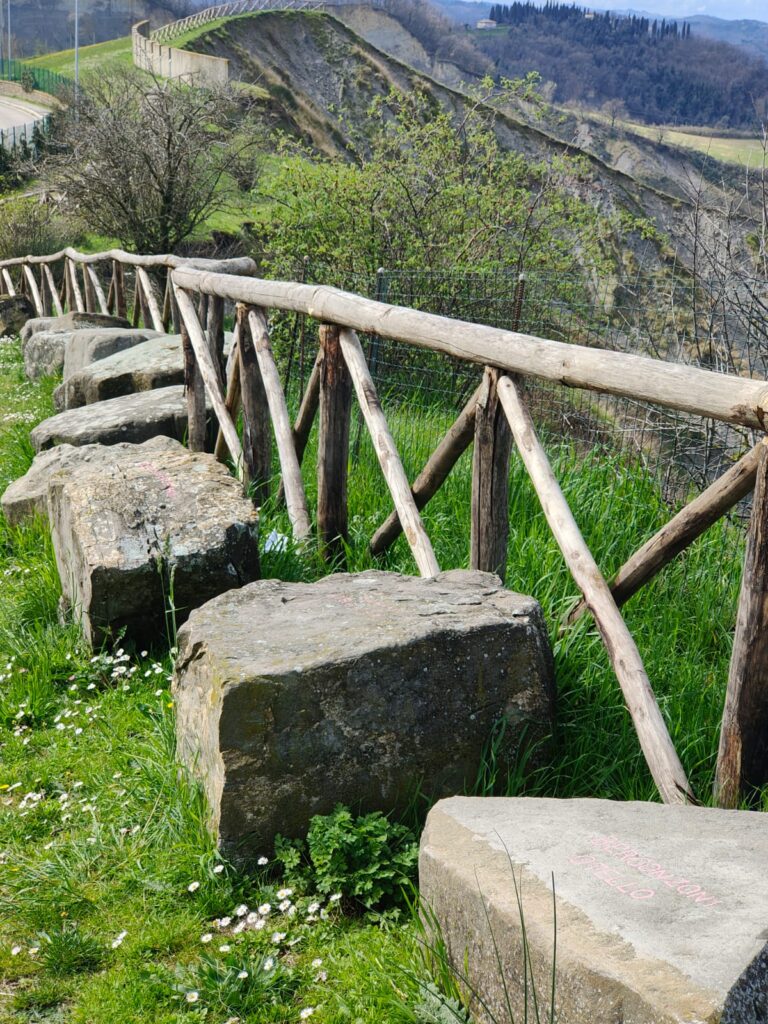
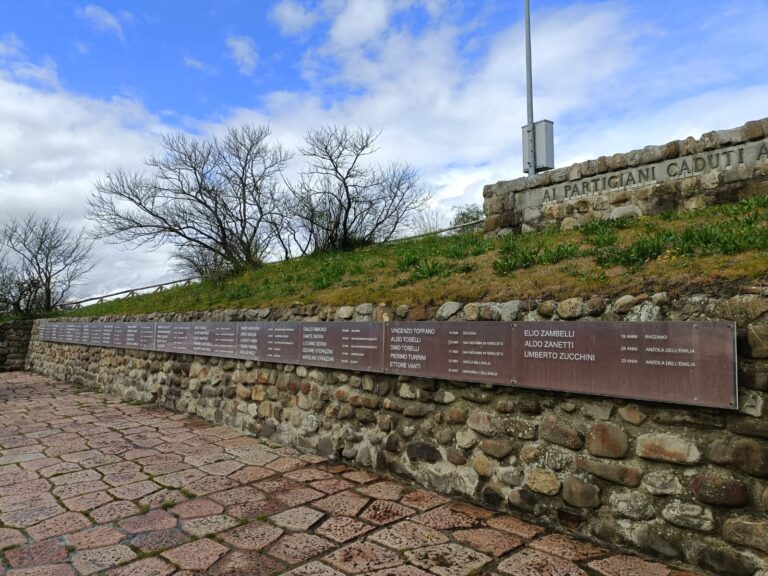
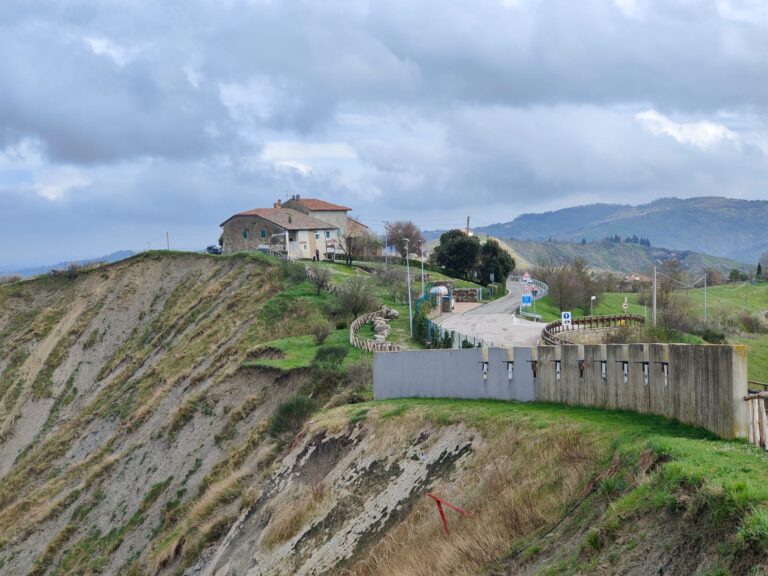
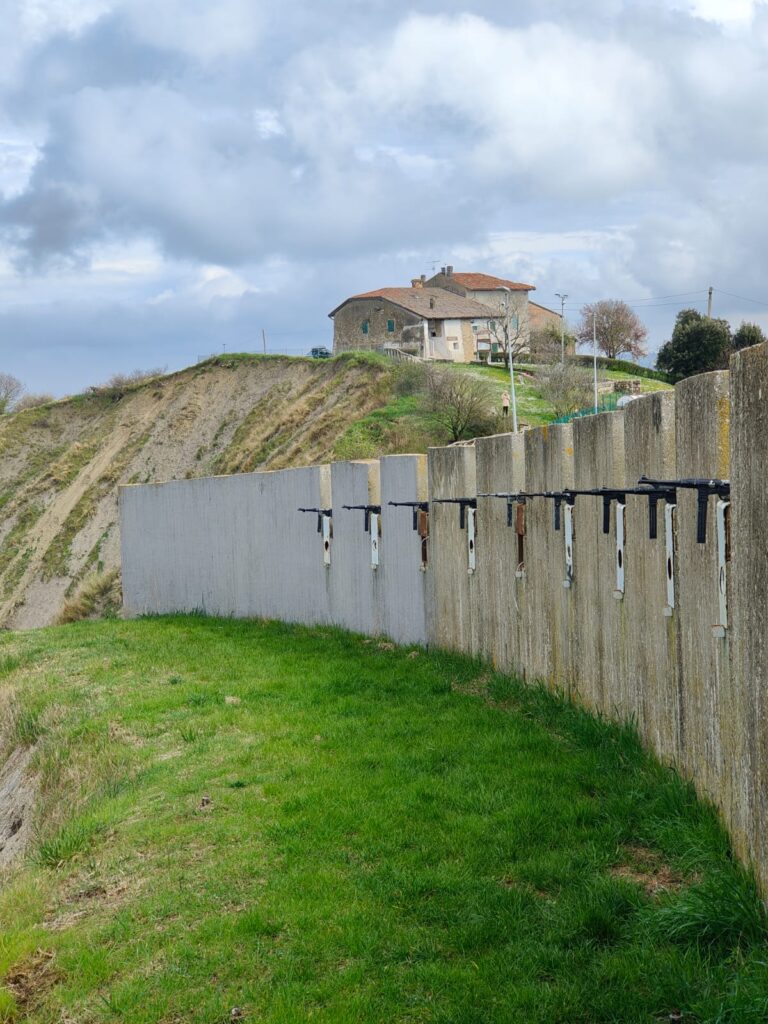
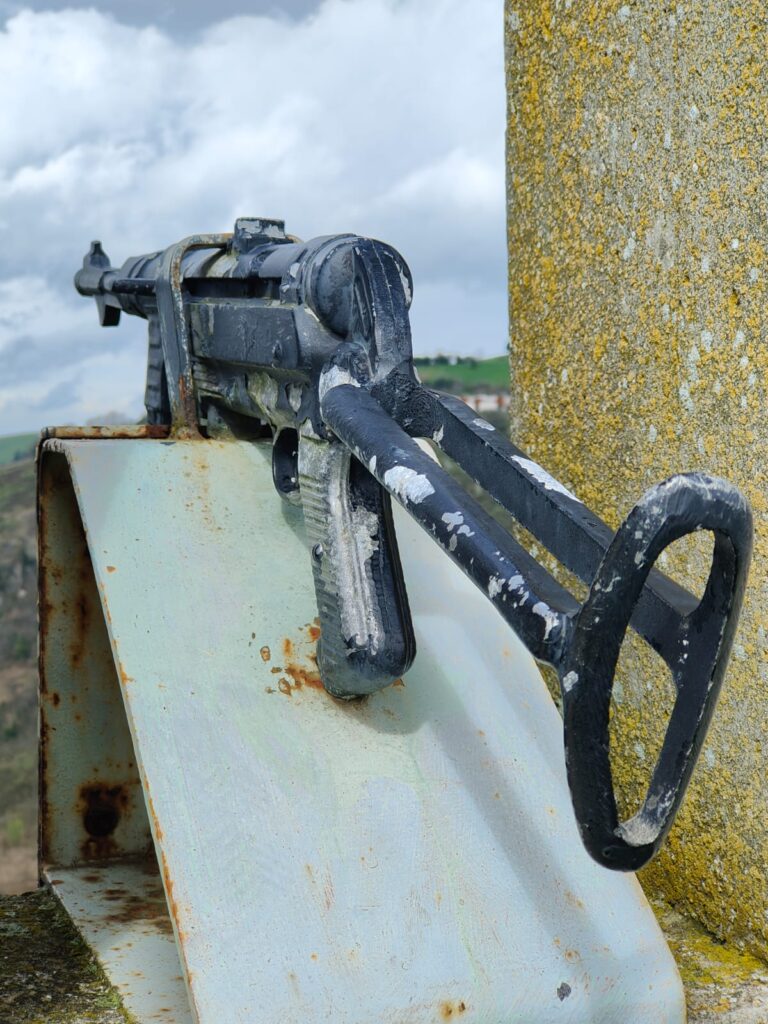

This remembrance site is striking. It runs along the crest of the ravine from an isolated farmhouse to a curved wall on the ridge. The curved wall has been built as a symbolic representation of the firing squad. There are gaps in the wall where replica machine guns stick out. Between the farmhouse and ridge rest 53 staggered boulders.
A close inspection reveals the names of the individuals who were tragically shot and were able to be identified. There is one additional boulder with no name which is dedicated to the forty-seven unidentified fallen. This striking monument was created by the Gruppo Architetti Città Nuova, and formed by Letizia Gelli Mazzucato, Umberto Maccaferri, and Gian Paolo Mazzucato, between 1972 and 1973.
Walking along beside the boulders is an eerie experience. It conjures up mixed emotions and feelings as the monument lays bare the horrific atrocities of war. My meanderings aren’t always fun tales of the good times but are often learning journeys where exploration leads to education. The education that took place here at the ‘Monument of the fallen of Sabbiuno’ was powerful. I thank Lorenzo our local taxi guide for telling us about this place. The monument to the fallen of Sabbiuno is a very touching tribute.
